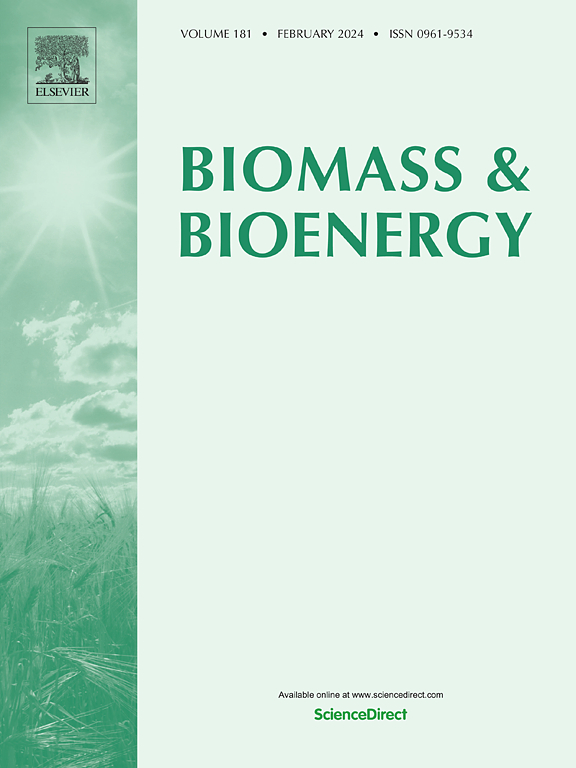Utilizing luffa sponge-derived porous activated carbon as a sustainable environmental bio-mass for renewable energy storage applications
IF 5.8
2区 生物学
Q1 AGRICULTURAL ENGINEERING
引用次数: 0
Abstract
The advancement of sustainable technologies for producing green energy sources is essential, especially for energy storage and conversion methods that preserve ecosystems. A promising approach involves using low-cost, eco-friendly activated carbon derived from bio-waste materials, such as luffa sponge, for energy storage applications. This study details the preparation of activated carbon (LSAC) derived from luffa sponge through hydrothermal treatment followed by KOH activation at 400 °C, 600 °C, and 800 °C to optimize its properties. The biomass-derived carbon structural and morphological properties are analyzed, and these materials are used as electrodes to assess their electrochemical characteristics. According to cyclic voltammetry tests, LSAC-8 demonstrates a specific capacitance of 411.63 F g⁻1 at a current density of 1 A g⁻1, exhibiting much lower electrochemical impedance than the other samples. LSAC-8 also demonstrates low internal resistance (1.25 Ω) and superb cycling stability over 2000 cycles, enhancing the electrochemical performance of biomass resources. Delivering a high energy density of 24.88 Wh kg−1 at a power density of 1230 W kg−1 in a PVA/KOH electrolyte, the LSAC-8-based symmetric supercapacitor demonstrates substantial commercial potential for high-efficiency supercapacitor technologies.

求助全文
约1分钟内获得全文
求助全文
来源期刊

Biomass & Bioenergy
工程技术-能源与燃料
CiteScore
11.50
自引率
3.30%
发文量
258
审稿时长
60 days
期刊介绍:
Biomass & Bioenergy is an international journal publishing original research papers and short communications, review articles and case studies on biological resources, chemical and biological processes, and biomass products for new renewable sources of energy and materials.
The scope of the journal extends to the environmental, management and economic aspects of biomass and bioenergy.
Key areas covered by the journal:
• Biomass: sources, energy crop production processes, genetic improvements, composition. Please note that research on these biomass subjects must be linked directly to bioenergy generation.
• Biological Residues: residues/rests from agricultural production, forestry and plantations (palm, sugar etc), processing industries, and municipal sources (MSW). Papers on the use of biomass residues through innovative processes/technological novelty and/or consideration of feedstock/system sustainability (or unsustainability) are welcomed. However waste treatment processes and pollution control or mitigation which are only tangentially related to bioenergy are not in the scope of the journal, as they are more suited to publications in the environmental arena. Papers that describe conventional waste streams (ie well described in existing literature) that do not empirically address ''new'' added value from the process are not suitable for submission to the journal.
• Bioenergy Processes: fermentations, thermochemical conversions, liquid and gaseous fuels, and petrochemical substitutes
• Bioenergy Utilization: direct combustion, gasification, electricity production, chemical processes, and by-product remediation
• Biomass and the Environment: carbon cycle, the net energy efficiency of bioenergy systems, assessment of sustainability, and biodiversity issues.
 求助内容:
求助内容: 应助结果提醒方式:
应助结果提醒方式:


